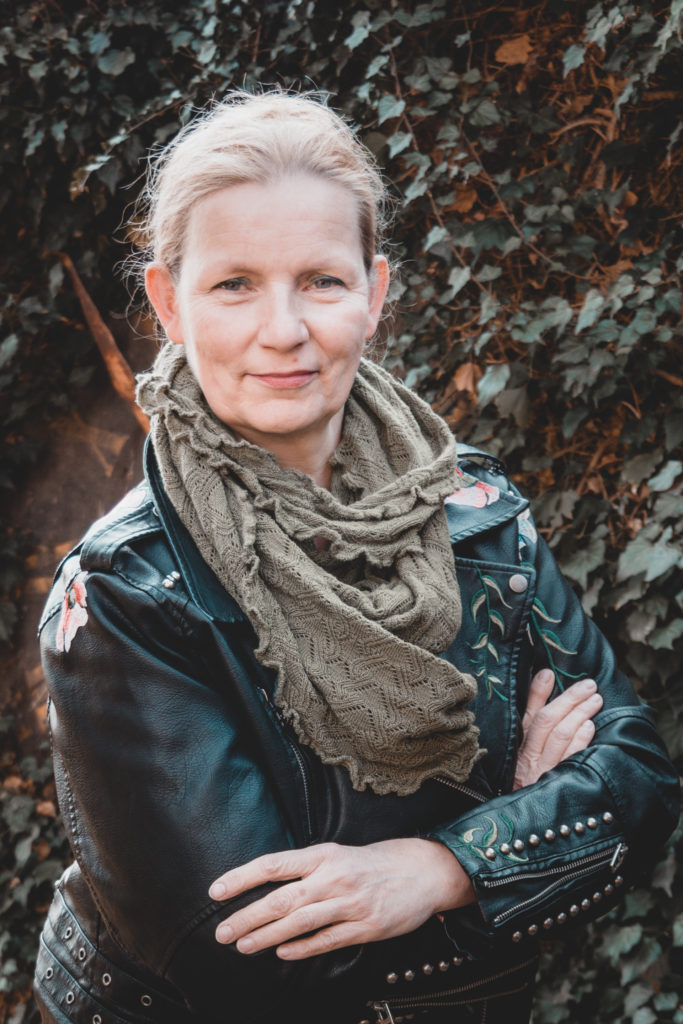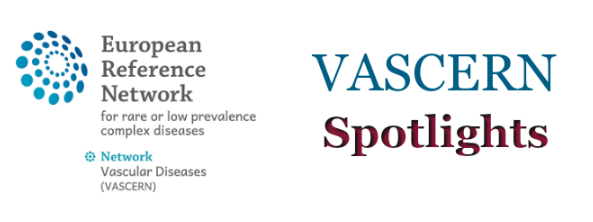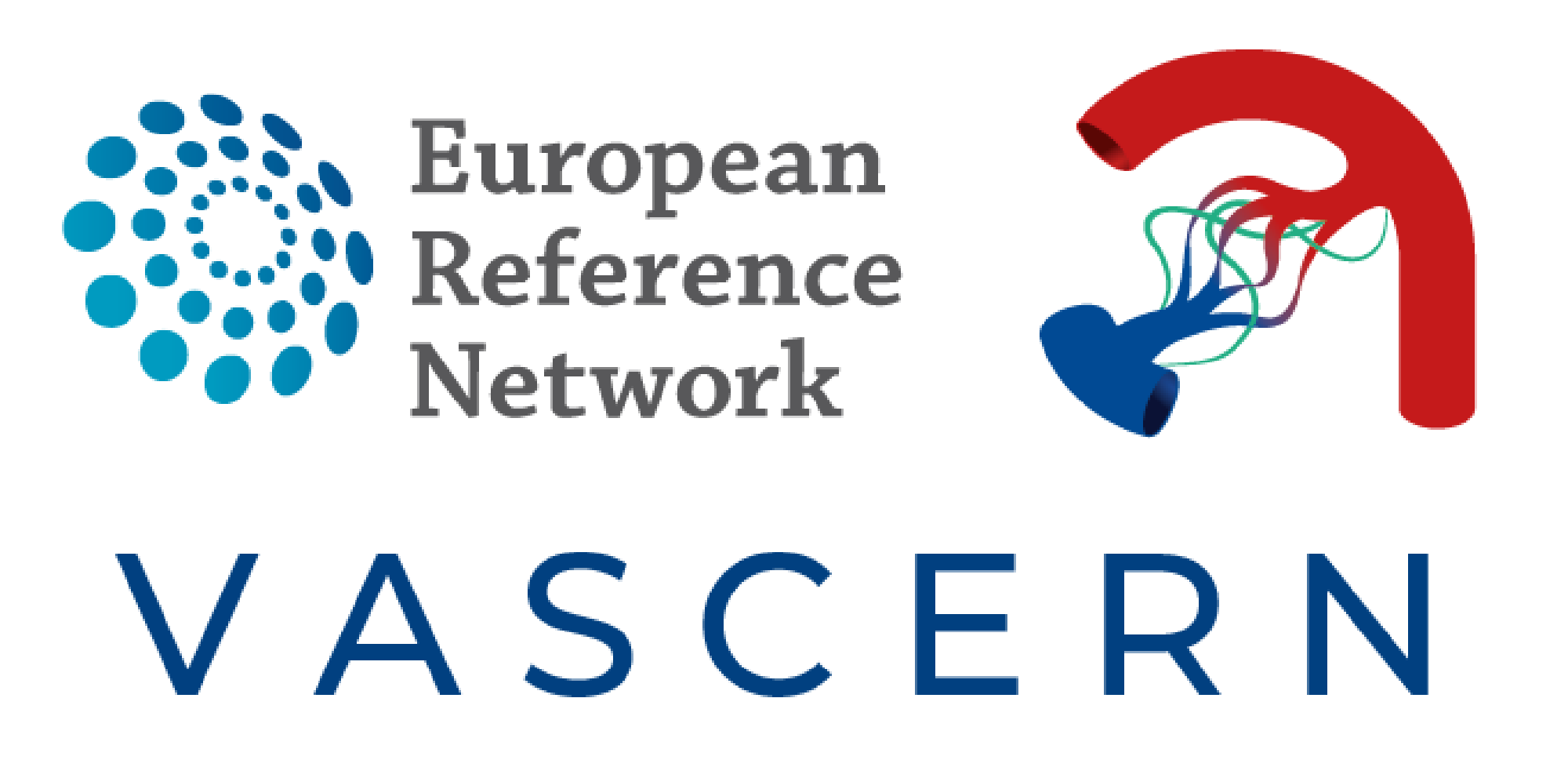

This month we talk to Christina Grabowski, European Patient Advocacy Group (ePAG) Deputy Co-Chair of the Hereditary Haemorrhagic Telangiectasia (HHT) Working Group (HHT WG), from Germany. Christina represents the German HHT Patient Organisation – Morbus Osler Selbsthilfe e. V and gives us her thoughts on the role of a patient advocate, the importance that early diagnosis and prevention plays in HHT outcomes and her hopes for the future of the ERNs.
1. How did you become involved in the VASCERN project?
In 2014, when I started my practical work in my patient organization, I was asked by our board to attend a meeting of other European HHT patient organizations. This is where first I recognized what power a European Federation could have. Just imagine: from 600 German members, to all of a sudden, about 10,000 HHT patients from all over Europe! Together, we gain so many more answers to our questions and that is something that is so important for us patients. Around this time, I first heard of Eurordis and their summer school, which I applied to immediately, followed by the Rome Summer School on Rare Disease Registries.
Then, in 2017 I joined the ePAG of VASCERN, because I truly believe that only by forming a deep connection with all stakeholders in the field of rare diseases can we, together, reach our goals. So the European Reference Networks (ERNs) were the best thing I could have imagined. I thought what a real chance we had and we must join, as we couldn’t spoil this chance! So here I am in VASCERN!
I truly believe that only by forming a deep connection with all stakeholders in the field of rare diseases can we, together, reach our goals.
2. How do you as an ePAG patient advocate participate in the activities of VASCERN?
I am the ePAG Deputy Co-Chair of the HHT WG and I participate by trying to understand, as a patient with no medical expertise, what is behind each project and what the benefit for us patients could or should be and, if necessary, what external benefits there are. This includes bringing the view of the patients I represent to those present and, in extreme cases, even a contradiction, depending on what is necessary. You have to know that you are often sitting in the same room with doctors, whom you of course do not want to annoy, but to whom you must clearly explain the limits for patients, when necessary. This is not always pleasant, but it has to be done, because that’s why we have place at the table (and we don’t just sit there, by the way): to stand up for the patients and represent their interests!
3. What is one thing that you would like the general public to know about the reality of living with a rare disease?
The reality of living with a rare disease is dealing with the unknown and being a constant student (whether you want to or not), as this is often the only option you have! One must not forget that because of this, a rare disease patient has to be different and has to sometimes get upset if the doctor treating them is not listening properly, as there might not be another doctor to contact. There is also the need for rare disease patients to inform people about their problems – although they may not want to hear about them – as it is the only way to identify others with these conditions. A rare disease patient is given a mission: to be informed about what no one else may unfortunately know, to find connections between symptoms or life-circumstances, to try and give those thoughts a picture so that others can try and understand, and, last but not least, to remain optimistic and never lose hope that there will be more help for us in the future. We need to have that vision – for us and for our families.
The reality of living with a rare disease is dealing with the unknown and being a constant student (whether you want to or not), as this is often the only option you have!
4. Can you tell us a little about your rare disease and/or the patient association that you represent?
HHT or Osler’s disease is a rare hereditary disease, in which pathologically dilated blood vessels develop in various parts of the body. These vessels are very easily damaged, resulting in frequent bleeding, for example in the form of nosebleeds. A cure is not yet possible. However, various symptomatic treatment options enable most of those affected to lead a relatively normal life. A very special challenge of this clinical picture is that the disease only develops or can worsen in the course of a lifetime. So it can remain undiscovered for a long time in the body and the first sign can be interpreted as a “normal” nosebleed. This sign is painless and only gets real attention when you can no longer manage the bleeding yourself and you end up in hospital as an emergency. Often there is still a long road to obtain a diagnosis of HHT. The danger of HHT is that malformations in the lungs, for example, can often only be found by chance when the diagnosis is made or if they are already causing serious problems. For example, undiscovered shunts in the lungs can lead to strokes or cause brain abscesses because the shunts bypass the usual filtering effect of pulmonary capillaries. This often leads to serious complications even in the younger years, which can only be prevented if the disease is identified early. Then, perhaps some of the shunts can be embolized and one can continue to live a normal life. Being aware of an HHT diagnosis is especially important before pregnancy, as the danger during pregnancy (due to the increased blood volume) can be reduced or even eliminated. In my opinion it is therefore very important that we focus on prevention and that we can also test or screen our children in childhood, without fear of any possible resulting social disadvantages (e.g. discriminatory insurance practices). In Germany, for example, this fear still prevents many parents from having their children tested for HHT, which puts them at great risk! This should not be allowed – you are a patient of a hereditary disease and, just as you are female or male, this must not be interpreted as a disadvantage! A European standard would have a great effect here and could increase the pressure on politicians to make changes.
There can only be one goal: the improved well-being of the patients. And only with this goal in mind can we continue to accomplish great things.
5. What has been your most memorable moment as an ePAG patient advocate so far?
The most memorable moment was when I recognized that our hope of being better prepared with proper medical care and specialists who know how to help us was not the only aim we should have as patient advocates. Quality of life, social equality, and recognition of invisible disabilities are all equally important issues. And then, at last, if we could dream for a cure that would be great! But until then, there is a lot to do for those who are unable to help themselves and so we all have to work hard! It is a life’s challenge!
6. As a patient advocate, what is your hope for VASCERN and for the ERNs in general?
As a Patient Advocate I really wish for one thing: sustainability of the ERNs by ensuring that they receive sufficient funding. Both healthcare professionals and the patient advocates involved in the networks are not being paid for their time and this must be addressed as we take on more projects. Otherwise financial motives will always stand in our way of advancing and that must not be allowed to happen. Patient advocates in particular experience health challenges which may prevent them from being able to work and, consequently, to being able to participate in the ERNs. The question of telemedicine and payment for virtual consultations is also necessary for the Clinical Patient Management System (CPMS) to function in the long-term. Everything must be done to ensure that no one has to worry about these financial issues so that the ERNs can keep moving forward. There can only be one goal: the improved well-being of the patients. And only with this goal in mind can we continue to accomplish great things.


